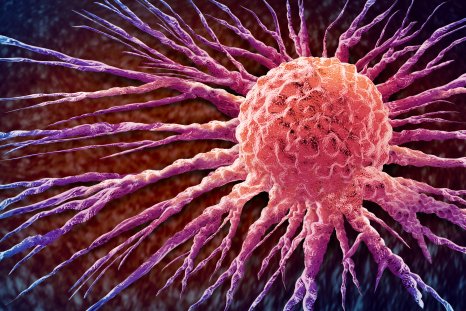Scientists may have found a material "more remarkable" than graphene, presenting a wealth of medical potential.
Borophene is infinitely thinner, more conductive, lighter, and stronger than graphene. Scientists at Penn State, Pennsylvania, have now altered it to make it even more functional. They did this by imparting chirality (the absence of mirror symmetry) onto the material which opens more doors to how the material will be used, for example, in medical environments. The new work has been detailed in an ACS Nano study.
Graphene is made from carbon. It consists of a single layer of atoms in a hexagonal structure. It is much stronger than steel yet has the advantage of being extremely light. For this reason, it is used widely as a material for construction, electronics, and energy technology. It may have met its match in borophene, however, which was first produced by combining elements in 2015, the study reported.
"Borophene is a very interesting material, as it resembles carbon very closely including its atomic weight and electron structure but with more remarkable properties. Researchers are only starting to explore its applications," Dipanjan Pan, Dorothy Foehr Huck & J. Lloyd Huck Chair professor in Nanomedicine and professor of materials science and engineering, and nuclear engineering, said in a statement.
"To the best of our knowledge, this is the first study to understand the biological interactions of borophene and the first report of imparting chirality on borophene structures."
Pan conducted the research with colleagues including Teresa Aditya, a postdoctoral researcher in nuclear engineering, and David Skrodzki, a graduate research assistant in materials science and engineering at Penn State.
In materials like borophene, chirality can make a copy of sorts. In a summary of the findings, researchers at Penn State liken it to a left hand and a right hand. The chirality can make two versions of the same chemicals without them being identical.
Imparting chirality to borophene allows its atoms to rearrange into different shapes, lending itself to various uses. This resulting material could be used to create advanced medical technology that could track cell interactions, according to the study. These devices could be far safer and even more effective, the researchers said in a summary of the findings.
This opens up wide possibilities—to the extent that it could surpass graphene as a highly important material.
The researchers altered the material by combining parts of borophene platelets, using a method called solution state synthesis, the study reported. This included them using a powdered version of the material with other components such as pressure, or heat. They continued this method until they achieved the resulting material, using high-energy sound waves.
"Since this material has remarkable potential as a substrate for implantable sensors, we wanted to learn about their behavior when exposed to cells. Our study, for the first time ever, showed that various polymorphic structures of borophene interact with cells differently and their cellular internalization pathways are uniquely dictated by their structures," Pan said.
"Borophene's unique structure allows for effective magnetic and electronic control," Pan said, noting the material could have additional applications in health care, sustainable energy and more. "This study was just the beginning. We have several projects underway to develop biosensors, drug delivery systems and imaging applications for borophene."
Do you have a tip on a science story that Newsweek should be covering? Do you have a question about borophene? Let us know via science@newsweek.com.
Disclaimer: The copyright of this article belongs to the original author. Reposting this article is solely for the purpose of information dissemination and does not constitute any investment advice. If there is any infringement, please contact us immediately. We will make corrections or deletions as necessary. Thank you.



